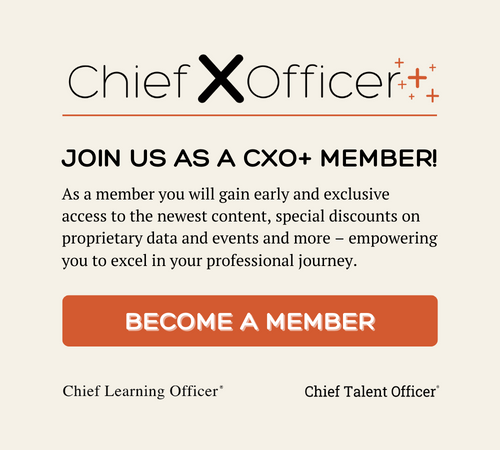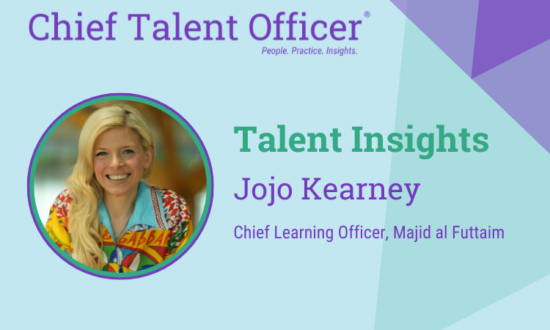It’s a confusing time for those observing the labor market. Even as some of the country’s biggest and most well-known companies lay off thousands of hardworking and qualified professionals, major industries such as manufacturing, healthcare and transportation continue to report a persistent shortage of qualified talent. With the overall unemployment rate now at its lowest since 1969, there are about two job openings for every unemployed worker.
To win the war for talent, corporate learning and development leaders are taking matters into their own hands with a more robust focus on career pathing. Research shows providing workers with opportunities to gain the skills they need to advance their careers or move into new ones is a critical recruitment, retention and engagement tool. Savvy employers are making strategic investments in people that will enable them to build and evolve their skill sets over time to meet changing business needs.
But there’s a catch: Career pathing only works well when it’s a two-way street. It can’t be a top-down mandate where companies impose their needs on the career plans and interests of incumbent and prospective talent. Instead, they need to embrace an approach to career pathing that puts learner-centered exploration at its core.
A simple lack of awareness is among the largest obstacles to early-career professionals pursuing a potentially rewarding long-term career path in some of the economy’s fastest-growing fields. Career pathing should not only be about granting workers access to skills development programs but also to information that gives them the agency to understand their options before they’re committed to a career trajectory they might regret or that won’t support their potential.
Recent industry surveys suggest that career pathing is catching on: According to a recent study from Gartner’s HR practice, most companies (88 percent) are investing in career pathing technologies to help employees advance internally. However, more than half of HR leaders pointed to a lack of technology as a significant or moderate barrier to supporting internal mobility.
Emerging virtual, augmented and mixed-reality technologies are now making this kind of exploration possible, allowing professionals to more easily find roles that excite and engage them. A growing number of talent managers already recognize the power of immersive learning technologies as training and upskilling tools. This same technology can be used to create realistic career exploration experiences, allowing workers to see into alternative futures for themselves and gauge the appeal of prospective careers well before they take their first steps down any path. This is real career exploration, with employees getting an up-close glimpse at a variety of roles and determining for themselves what sparks their passion.
We’ve seen how impactful this approach can be working with institutions like Coastal Bend College, which has partnered with schools across South Texas to use virtual reality in their workforce readiness programs. These students are largely from rural communities and have had little exposure to careers outside those of their family members. The schools are finding that VR simulations are helping expand students’ view of what’s possible: A high schooler who had never seen the inside of a hotel before has since discovered an interest in the hospitality industry, for instance, while another has decided to pursue firefighting. Entirely new futures are unfolding before them, revealing hidden passions and the paths they need to take to gain the skills and knowledge to reach their goals.
This kind of career exploration is not limited to high school classrooms. In the Tampa Bay area, the nonprofit organization AmSkills has created mobile Career Discovery Bootcamps that bring hands-on, interactive career exploration programs directly to job seekers at community centers, schools and local manufacturing facilities.
Many of the workers who enroll in the program have had little or no exposure to the in-demand careers AmSkills is working to connect them with. Using VR simulations, the organization can help job seekers delve into a variety of occupations they may have never otherwise considered, providing a crucial first step for building a pipeline of skilled, qualified talent for Florida’s quickly growing manufacturing industry.
Ultimately, facilitating career exploration and discovery not only helps each employee tap into their professional passions and interests: It can help to support employee retention, performance and company success.
Companies looking to expand their own career pathing opportunities would be wise to take a similar approach, pairing skills development with interactive career exploration programs. It’s vital that employers give workers the insights they need to boldly pursue their aspirations with the confidence of knowing the path they choose is the right one for them and their careers.















